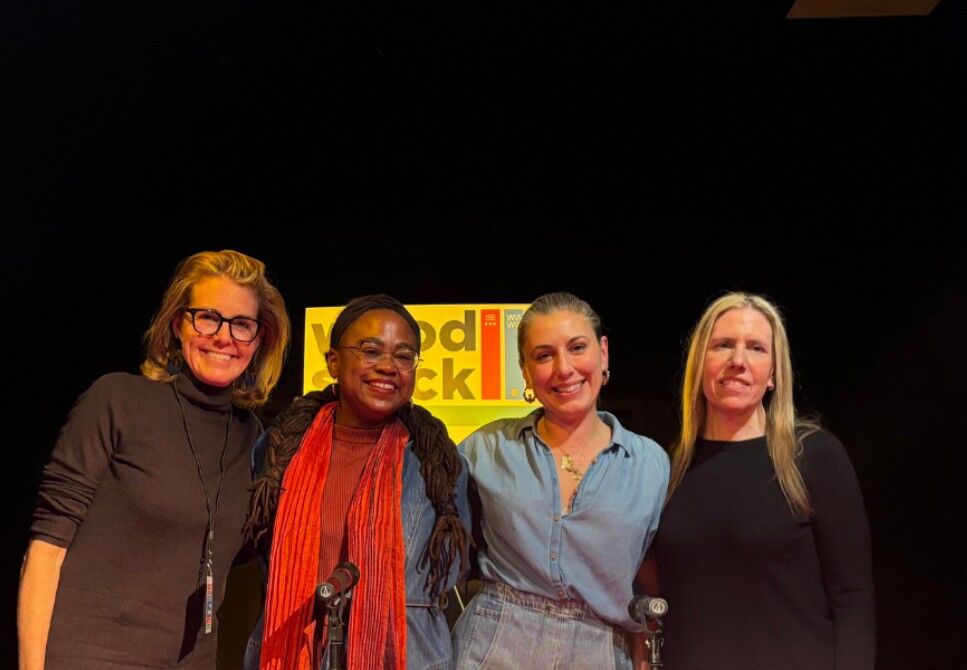
‘This Is About Life or Death’: Leading Feminists Discuss Women’s Rights in Post-Roe America
May 7, 2025
Trump’s Meme Coin Becomes Vessel for Staggering Foreign Corruption
May 7, 2025Imagine if the billion-dollar companies that run oil refineries or chemical plants could ask the government for permission to spew more pollution into the air with less hassle than it takes to renew your driver’s license. That’s now a reality.
In recent weeks, the Trump administration has created a shortcut for fossil fuel and chemical companies to request exemptions from rules that limit dangerous air pollution, such as mercury and arsenic, which are known to cause cancer and brain damage. All they have to do is email the White House.
At the same time, the U.S. Senate has voted to overturn a regulation that required nearly every industrial site across the nation to control the seven most dangerous air pollutants. The move hands a major win to about 1,800 of the worst-polluting facilities in the country. In coming weeks, the House is expected to pass the same resolution, and President Donald Trump has signaled he will sign it into law.
Combined, the moves level a historic double blow to the nation’s ability to control air pollution. This is the first time in the 55-year history of the Clean Air Act that Congress has actually moved to weaken these protections.
Essentially, the federal government is rolling back protections that, in the past, they acknowledged were saving lives and preventing diseases in neighborhoods in every pocket of the country.
The Trump administration says the moves will stimulate the economy by making it cheaper for industrial companies to operate by not having to upgrade their technologies to limit pollution.
Environmental advocates warn this fast-track process, rolled out with a template and pointers for success for polluters, is an unprecedented attempt to sidestep safeguards that protect the health of Black communities and other vulnerable groups bearing the brunt of air pollution. Black people are nearly two times more likely than white people to live in communities with harmful air pollution, according to the American Lung Association’s 2025 State of the Air Report.
“Corporations will cash in while families and children breathe a toxic mix of cancer-causing chemicals,” said James Pew, director of federal clean air practice at Earthjustice, one of the nation’s largest environmental law firms.
Already, in 97% of all U.S. counties, Black people have the highest rate of deaths attributed to air pollution, and income levels across races do not contribute to any differences.
For families living near these plants, it could mean more days when the air is unsafe to breathe, more children struggling with asthma, and more loved ones lost to pollution-linked illnesses. Across the nation, Black children cough through asthma attacks at rates two times higher than white children and die from asthma at a rate four times higher.
“When you remove limits on pollution, you get more of it,” said Joanna Slaney, the political and government affairs vice president for the Environmental Defense Fund. This “will mean more cancer, more brain development issues for young children, and more heart and lung problems for older people.”
A coalition of health, community, and environmental organizations, including the Environmental Defense Fund, has released a new interactive map highlighting more than 500 industrial sites across the U.S. that could soon be exempt from federal air pollution limits through the “pollution” pass being granted by Trump.
The map identifies facilities such as coal-fired power plants, petrochemical manufacturers, and sterilizers, many of them concentrated in states like Texas, Louisiana, and Ohio.
The map’s release comes as advocates warn that the White House and Environmental Protection Agency’s new exemption process lacks transparency and public input, and could roll back decades of hard-won progress in communities already burdened by industrial pollution.
“This reckless and dangerous invitation for industrial sources to evade compliance with national pollution limits puts millions of Americans in harm’s way,” said Vickie Patton, general counsel for the Environmental Defense Fund.
Users of the map can enter their address to see which polluting facilities are nearby, filter by facility type or location, check proximity to public schools, and access links to contact the EPA directly. The tool also tracks which facilities or their representatives have requested or been granted exemptions, and will be updated as new information becomes available.
For now, advocates are urging the EPA to withdraw the exemption offer and uphold its responsibility to protect the public, especially those communities that have borne the brunt of environmental harm for generations.
“What about the rights, the health, and the well-being of the people who are suffering and dying from exposure to this pollution?” said Robert Taylor, the director of Concerned Citizens of St. John in Louisiana. “The President is making sure these polluting plants have the right to kill us.”
Great Job Adam Mahoney & the Team @ Capital B News Source link for sharing this story.







